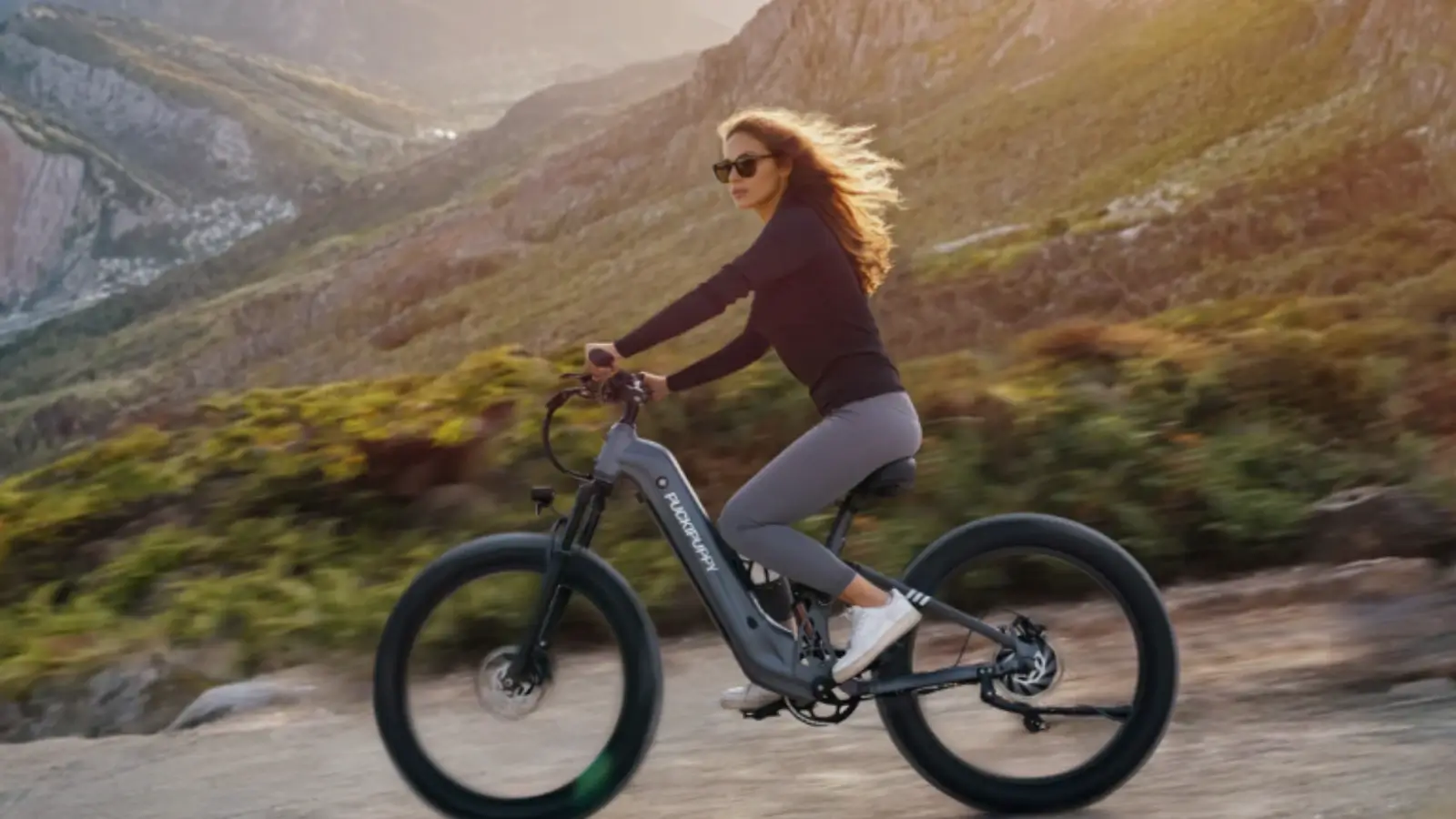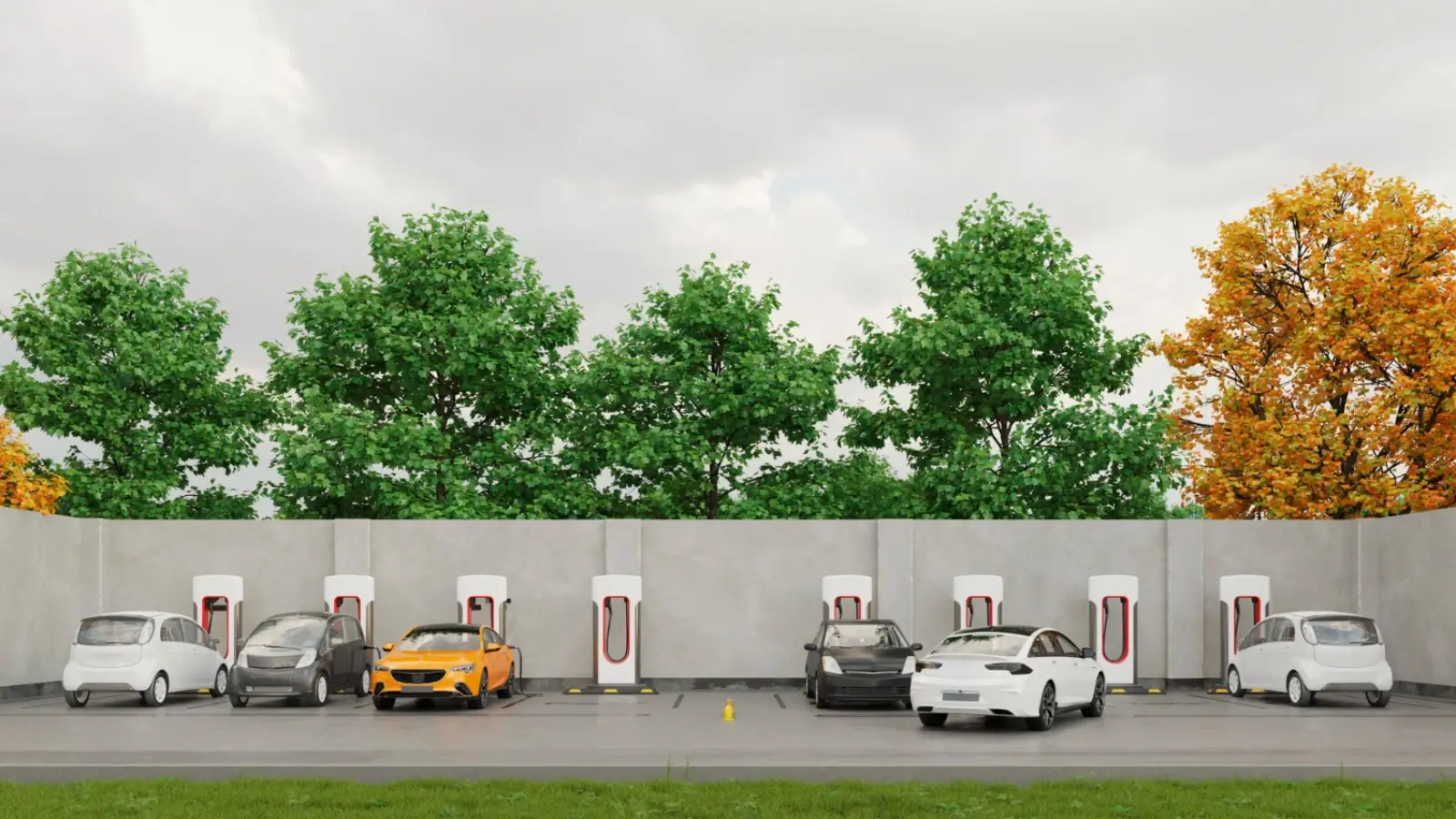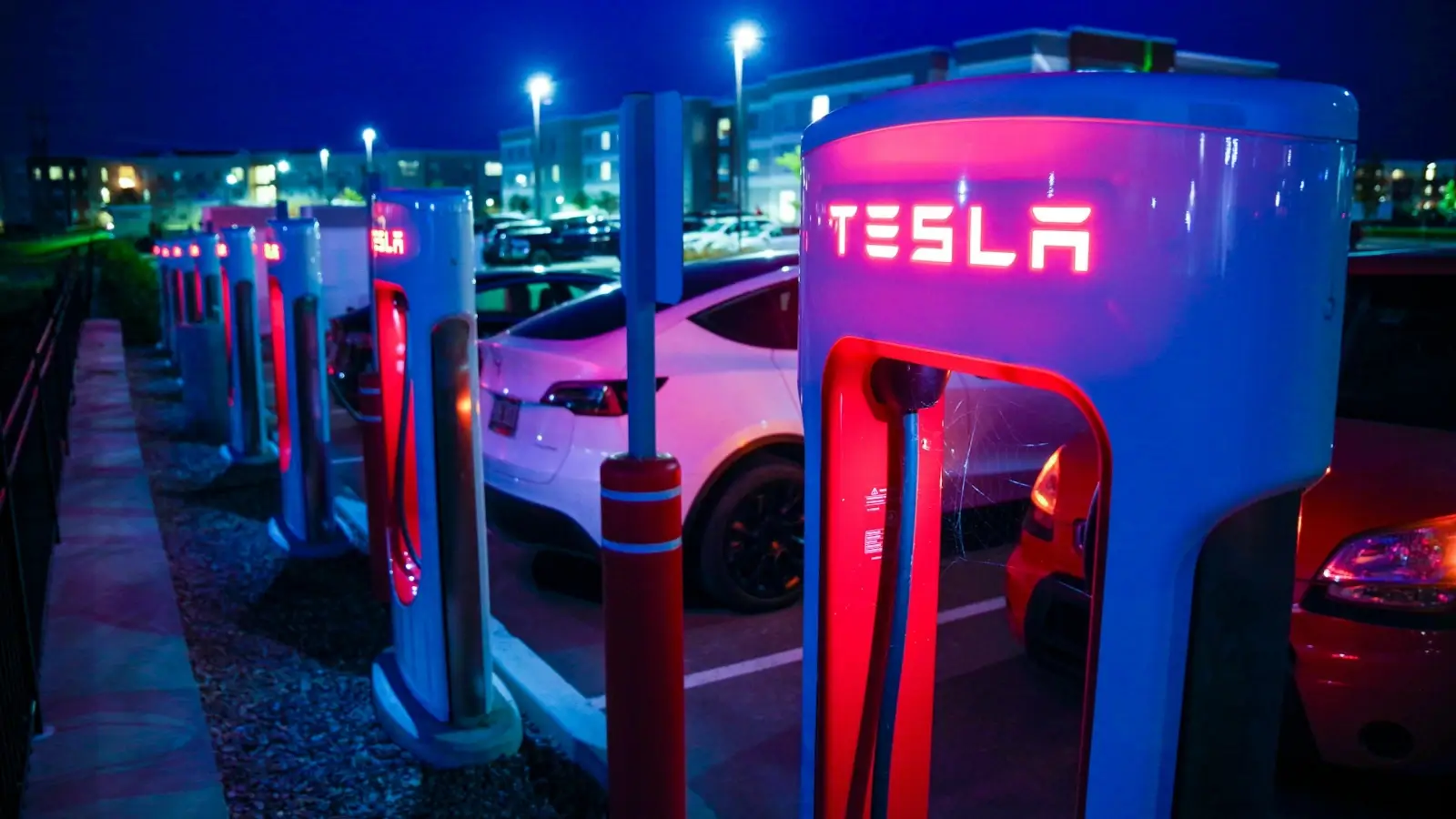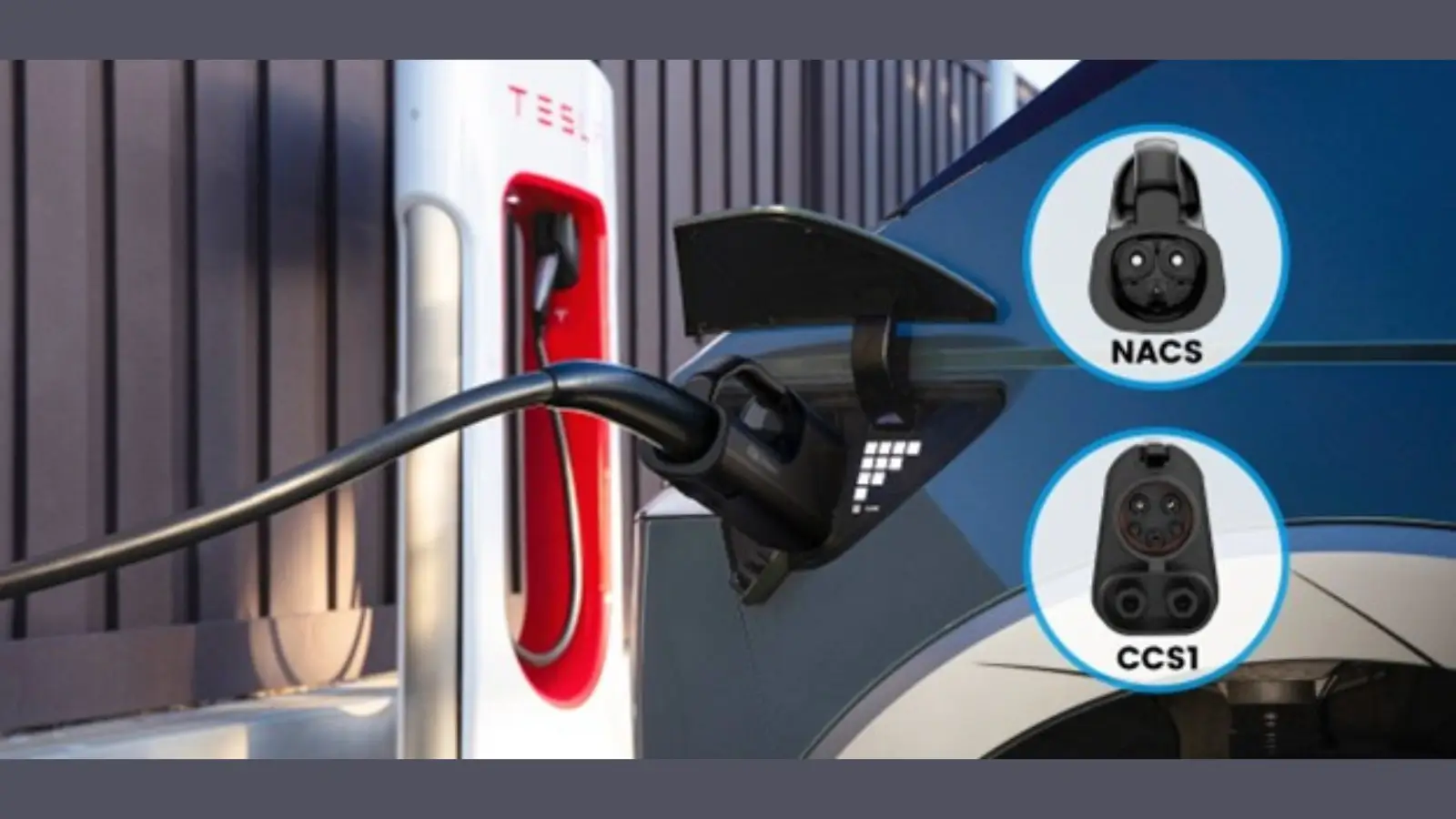The morning commute is getting a high-tech makeover, and it's happening on two wheels. eBike technology has moved far beyond simple electric motors attached to bicycle frames. Today's riders are experiencing AI-powered assistance, smartphone integration, and predictive maintenance systems that would've seemed like science fiction just five years ago.
From real-time GPS tracking and theft protection to performance optimization via mobile apps, today’s eBikes are smarter, safer, and more efficient than ever. As tech continues to advance, it’s reshaping not just how we ride, but how we think about commuting, fitness, and sustainability.
Revolutionary eBike Technology Transformations in 2025
The technological foundation of modern electric bikes is undergoing a complete transformation, with innovations that are making every ride smarter and more intuitive. These advances aren't just incremental improvements, they're fundamentally changing what it means to ride an electric bike.
1. AI-Powered Ride Intelligence Systems
Machine learning algorithms are now analyzing your pedaling patterns in real-time, automatically adjusting motor assistance based on your energy levels and riding style. These systems learn from thousands of data points during each ride, creating a personalized experience that gets better over time.
Many riders don't realize their smart eBikes are constantly monitoring terrain changes, weather conditions, and even their heart rate to optimize performance. For example, systems featured on popular models such as those offering the happyrun g300 showcase how AI technology can predict when you'll need extra power assistance before you even feel the resistance.
The most advanced systems can now communicate with traffic management infrastructure, receiving real-time updates about road conditions and adjusting routes accordingly. This isn't just convenience, it's a complete reimagining of urban mobility.
2. Advanced Connectivity and IoT Integration
5G-enabled communication systems are transforming how eBikes interact with their environment. Vehicle-to-everything (V2X) technology allows your bike to communicate with traffic lights, other vehicles, and smart city infrastructure for unprecedented safety and efficiency.
Cloud-based analytics platforms are tracking ride data to identify patterns that improve both individual performance and city-wide traffic flow. These systems can predict maintenance needs weeks in advance, automatically scheduling service appointments before problems occur.
The integration extends to your digital life too, eBike apps now sync with calendar systems, automatically calculating departure times based on real-time traffic conditions and your meeting schedule.
3. Next-Generation Battery and Charging Innovations
Solid-state battery technology is pushing range capabilities beyond 100 miles on a single charge, while ultra-fast charging systems can replenish 80% capacity in under 30 minutes. Solar-integrated charging panels and energy harvesting systems are making some eBikes partially self-sustaining.
Wireless charging stations are appearing in urban areas, allowing riders to top up their batteries simply by parking in designated spots. Battery swapping networks are also emerging, offering subscription models that eliminate range anxiety entirely.
These advances are making electric bike trends more practical for long-distance commuters and commercial users who need reliable, all-day performance.
Smart eBikes Leading the Future of Cycling Technology
While connectivity and AI form the technological backbone, the real magic happens when eBikes become extensions of their riders. The future of cycling technology is creating deeply personal, adaptive experiences that respond to both physical and digital needs.
Biometric Integration and Health Monitoring
Real-time health monitoring has moved beyond basic heart rate tracking. Modern eBikes can detect stress levels, fatigue indicators, and even early signs of illness through advanced sensor arrays integrated into handlebars and seats.
These systems don't just collect data, they actively respond to it. When stress levels spike, the bike might suggest a more scenic route or automatically increase motor assistance to reduce physical strain. Integration with wearable devices creates comprehensive wellness profiles that inform both ride recommendations and long-term health goals.
Some systems can detect when a rider is becoming drowsy or distracted, providing gentle vibration alerts or automatically engaging additional safety features.
Voice Control and Virtual Assistant Integration
Hands-free operation through voice commands allows riders to adjust assistance levels, change navigation routes, or even respond to messages without taking their hands off the handlebars. Integration with Alexa, Google Assistant, and Siri makes eBikes part of broader smart ecosystems.
Natural language processing enables conversational interactions, riders can say "I'm feeling tired" and the system will automatically increase assistance or suggest rest stops along the route.
This voice integration is making eBikes more accessible to riders with mobility limitations while enhancing safety for all users.
Revolutionary eBike Apps and Digital Ecosystems
The digital ecosystem surrounding eBikes has evolved into comprehensive platforms that extend far beyond the physical ride, creating connected experiences that enhance every aspect of electric cycling.
Advanced Mobile Applications and User Experience
Modern eBike applications combine navigation, social features, and performance tracking into unified platforms. Gamification elements reward consistent riding with achievements and challenges, while community-driven route sharing creates collaborative mapping systems.
Multi-modal transportation integration allows seamless planning that combines eBike rides with public transit, rideshares, and walking routes. These apps can automatically book train tickets or reserve parking spots based on your route and preferences.
Social features connect riders with similar interests, creating virtual cycling communities that organize group rides and share safety information about local routes.
Augmented Reality and Immersive Navigation
AR-powered navigation overlays turn-by-turn directions directly onto riders' field of vision through smart glasses or helmet displays. Virtual cycling coaches provide real-time technique feedback and training programs tailored to individual goals.
Interactive maintenance guides use AR to highlight specific components and provide step-by-step repair instructions. This technology is making basic eBike maintenance accessible to riders without technical expertise.
Real-time hazard identification systems can highlight potholes, construction zones, or dangerous intersections through AR overlays, improving safety for all riders.
Cutting-Edge Electric Bike Trends Reshaping Transportation
Physical innovations in eBike design and functionality are creating new possibilities for customization, performance, and urban integration that weren't imaginable just a few years ago.
Modular and Customizable eBike Platforms
3D-printed custom parts and accessories are making personalization more affordable and accessible. Subscription-based feature unlocks allow software updates that add new capabilities without hardware changes.
This modular approach reduces electronic waste by allowing component-level upgrades rather than complete bike replacements.
Ultra-Lightweight Materials and Aerodynamic Design
Carbon fiber innovations and advanced composites are creating eBikes that weigh less than traditional bicycles while maintaining structural integrity. Shape-memory alloys adapt frame geometry based on riding conditions, optimizing performance for different terrains.
Integrated electronics and invisible wire routing create cleaner aesthetics while improving aerodynamics. Computational fluid dynamics are being used to optimize frame shapes for maximum efficiency at various speeds.
These lightweight designs are making eBikes more practical for riders who need to carry them upstairs or load them onto public transportation.
Environmental Innovation and Sustainability Features
The push toward true sustainability is driving innovations that consider the entire lifecycle of eBikes, from manufacturing through disposal and recycling.
Carbon-Negative Manufacturing and Lifecycle Management
Sustainable materials and circular economy principles are being integrated into eBike production processes. Carbon offset programs automatically calculate and compensate for manufacturing emissions when customers purchase new eBikes.
End-of-life recycling programs recover valuable materials from old components, while life cycle assessment tools help manufacturers identify opportunities to reduce environmental impact throughout the production process.
Component recovery and refurbishment programs are creating secondary markets for eBike parts, extending their useful life.
Integration with Renewable Energy Systems
Solar charging stations and grid integration are making eBike charging carbon-neutral in many locations. Wind-powered charging networks are emerging in areas with consistent wind resources.
Energy storage systems allow eBikes to contribute to grid stabilization during peak demand periods. Green energy certificates and carbon credit tracking help riders understand and offset their remaining environmental impact.
These renewable energy integrations are making eBikes truly sustainable transportation solutions.
Future Outlook and Emerging Opportunities
The convergence of advanced technologies is creating entirely new business models and market opportunities that will reshape transportation, logistics, and urban planning.
Industry Disruption and Market Evolution
Traditional automotive companies are adapting by developing eBike divisions and integrated mobility solutions. New business models include subscription services, performance-based leasing, and outcome-focused transportation contracts.
Government incentives and infrastructure development are accelerating adoption through tax credits, dedicated lanes, and charging networks. Investment trends show increasing focus on startups developing specialized eBike technologies and services.
These market changes are creating opportunities for both established companies and innovative newcomers.
Global Adoption Patterns and Regional Innovations
European regulatory advances are setting global standards for eBike safety and performance. Asian markets are leading in technology development, particularly in battery and motor innovations.
North American infrastructure development is catching up rapidly, with major cities investing in eBike-friendly transportation networks. Emerging markets are using eBikes to leapfrog traditional transportation infrastructure in developing urban areas.
These regional variations are creating diverse innovation ecosystems that benefit global eBike development.
The Road Ahead for Smart eBikes
The transformation of eBikes from simple electric bicycles to intelligent transportation systems represents more than technological advancement, it's a fundamental reimagining of urban mobility. These innovations aren't just making rides more convenient; they're creating sustainable, connected, and personalized transportation experiences that adapt to our increasingly digital lives.
As AI, IoT, and advanced materials continue to evolve, we're approaching a future where eBikes become seamless extensions of both our physical capabilities and digital ecosystems. The revolution is already here, and it's pedaling us toward smarter cities.
Your Questions About eBike Technology Answered
1. What is the future of e-bikes?
E-bikes offer numerous benefits, including reduced carbon emissions, alleviation of traffic congestion, physical fitness opportunities, and lower operating costs compared to cars. The future involves technological advancements in battery life, safety features, and AI integration.
2. How do AI-powered eBikes adapt to individual riders?
Modern systems analyze pedaling patterns, route preferences, and energy usage over time to automatically adjust motor assistance, suggest optimal routes, and predict maintenance needs for personalized experiences.
3. Can eBikes integrate with smart home systems?
Yes, advanced eBikes connect to smart home ecosystems, automatically adjusting charging schedules based on energy costs and syncing with calendar apps for optimized commute planning.

















